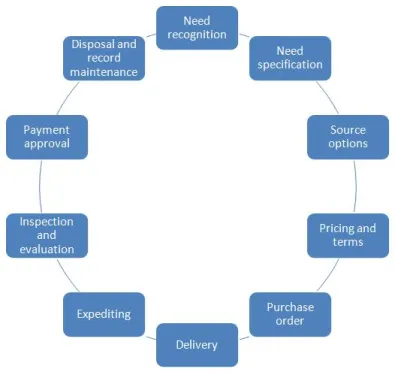Common Pitfalls to Avoid in Approval Workflows
- donnariekepro
- Jul 8, 2024
- 2 min read
Approval workflows are critical for maintaining efficiency and compliance within organizations. However, many businesses encounter common pitfalls that can hinder their effectiveness. Understanding these pitfalls and knowing how to avoid them is essential for optimizing workflow processes.
Introduction
Approval workflows are essential for streamlining operations and ensuring consistency in decision-making. They help businesses maintain control over processes while reducing errors and bottlenecks. Despite their benefits, several pitfalls can undermine the effectiveness of approval workflows.
1. Lack of Clear Process Definition
Problem: One of the most common pitfalls in approval workflows is a lack of clear process definition. When the approval steps are not well-defined, confusion can arise among team members, leading to delays and inefficiencies.
Solution: Clearly define each step of the approval process, including who needs to approve, what criteria are required for approval, and how approvals are communicated. Documenting these processes ensures consistency and reduces ambiguity.
2. Overly Complex Approval Paths
Problem: Another pitfall is designing approval workflows with overly complex paths. Multiple approval layers or unnecessary routing can complicate the process, leading to delays and increased chances of errors.
Solution: Simplify approval paths by minimizing the number of approvers and streamlining the routing logic. Use conditional logic to route approvals only when necessary, based on specific criteria or conditions.
3. Lack of Automation
Problem: Manual approval workflows are prone to human errors, delays in processing, and difficulty in tracking approval statuses. Relying solely on manual processes can limit efficiency and scalability.
Solution: Implement automation tools and software to streamline approval workflows. Automation reduces manual intervention, accelerates approval cycles, and provides real-time visibility into approval statuses.
4. Poor Communication Channels
Problem: Ineffective communication channels can lead to delays in approvals and misunderstandings among stakeholders. Lack of timely notifications and updates can prolong the approval process unnecessarily.
Solution: Utilize robust communication channels within your workflow automation software. Ensure that stakeholders receive notifications promptly when action is required and provide easy access to relevant documents or information.
5. Ignoring Compliance and Regulations
Problem: Failing to adhere to industry regulations or internal compliance policies can lead to legal repercussions or financial penalties. Approval workflows must align with regulatory requirements to mitigate risks.
Solution: Regularly review and update approval workflows to ensure compliance with relevant regulations and policies. Incorporate compliance checks and approvals within the workflow automation software to enforce adherence.
6. Lack of Accountability and Audit Trails
Problem: Without proper accountability mechanisms and audit trails, it becomes challenging to trace approval decisions, identify bottlenecks, or address accountability issues.
Solution: Implement audit trails that log all approval actions, including timestamps, approver identities, and any comments or changes made during the process. This transparency improves accountability and facilitates audits or reviews.
7. Failure to Adapt to Changing Needs
Problem: Static approval workflows that do not evolve with changing business needs or operational requirements can become outdated and inefficient over time.
Solution: Regularly assess and update approval workflows to accommodate changes in organizational structure, business processes, or regulatory requirements. Flexibility and adaptability ensure that workflows remain effective and relevant.
Conclusion
Avoiding these common pitfalls in approval workflows is crucial for optimizing operational efficiency, reducing errors, and enhancing overall business agility. By implementing clear processes, leveraging automation, ensuring compliance, and fostering effective communication, businesses can streamline approval workflows and drive organizational success. SITES WE SUPPORT
SOCIAL LINKS




Comments